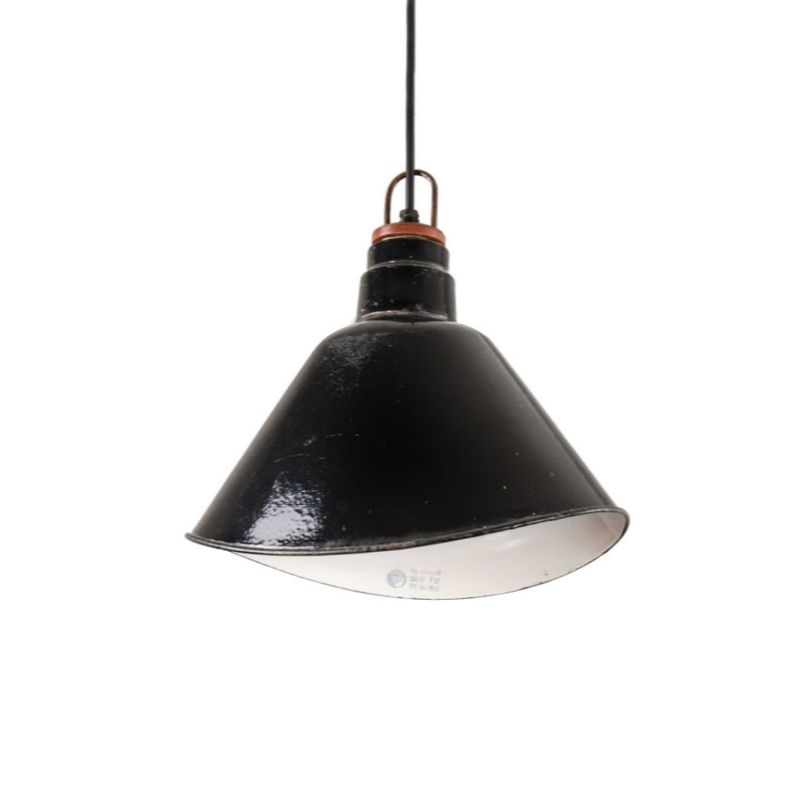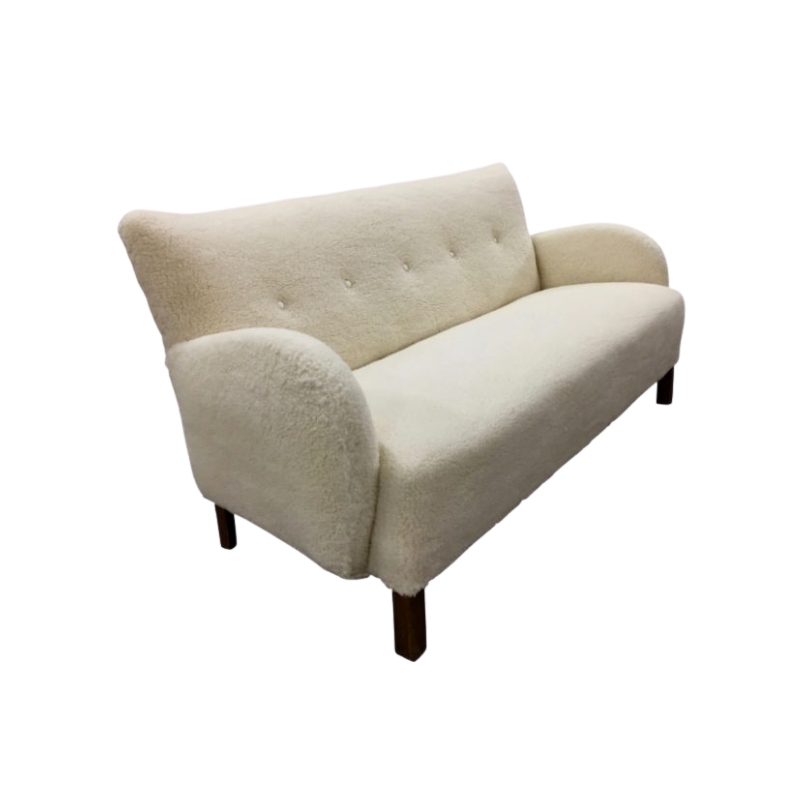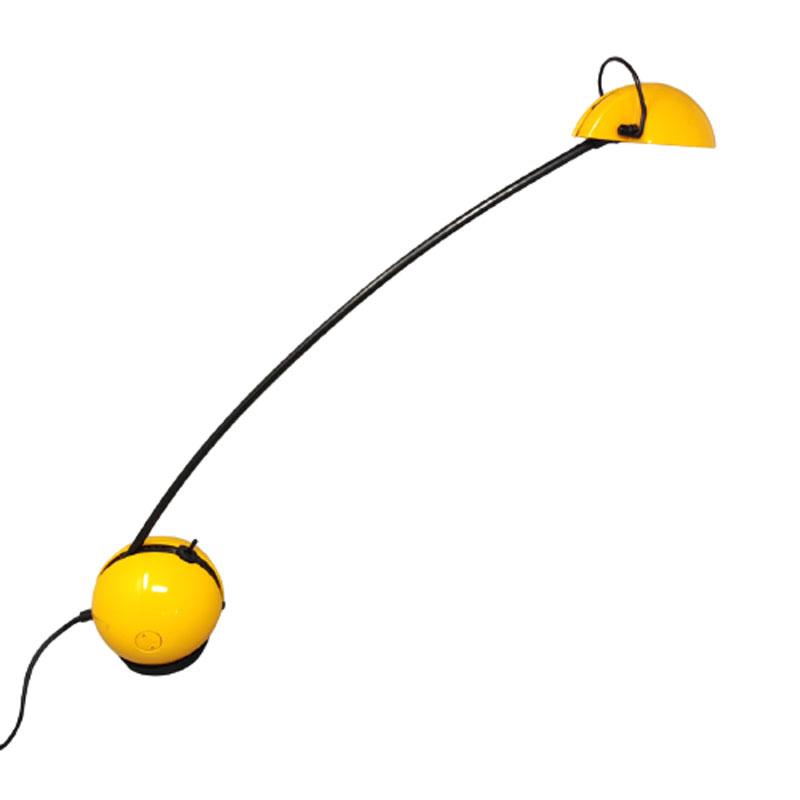Hello, My name is Raúl and I am from Spain. I have just bought a pair of used moller 75 oak chairs with original lacquer finish. This is my first time restoring furniture. The finish is quite damaged, I guess because of water (see the photo) and daily use. I would like to refinish them, but instead of a lacquer finish, I would like an open-grain oil finish. I have read several internet articles and a pair of books about furniture repair and refinishing but I am still in doubt about te possibility of refinishing into open-grain oil finish coming from a lacquered finish. I understand the first step should be removing the lacquer with a chemical stripper for lacquer. The second step would be finish sanding to prepare the wood for the oil finish over open grain oak(I am thinking about tung oil). I am not sure if after striping and sanding, the surface of the oak wood will be ready to receive the oil finish. I do not know if JL Moller, before aplying the laquer finish, did any sealing and/or filling of the wood. In that case, will the stripping/sanding be able to remove that sealing/filling so that oil can effectively penetrate the wood? I would be really grateful if any one could give me some clue whether is it possible or not to refinish a lacquered oak wood into open-grain oiled oak wood. Thank you in advance for your attention and reply! Raúl

Are those oak?
I've never seen that chair in anything but teak. Looks like that could be faded teak. I'm not an expert on wood species, though.
Either way, all you need to do is remove the lacquer with lacquer thinner or acetone (that's what it's called in the US, not sure about Spain). This is easy in that the lacquer will soften and dissolve right away, but difficult in that the acetone evaporates almost faster than you can wipe off the finish. When the acetone evaporates, the old lacquer immediately starts to harden again! You have to work very quickly. I find it is very helpful to have a small squeeze bottle of acetone for rewetting the area I"m working on. This minimizes waste, too. You will lose a LOT of acetone to evaporation if you're not careful.
Once the lacquer is completely removed, you should be able to just oil the wood. Acetone doesn't raise the grain so no sanding is necessary, but if you do feel any roughness and you're sure it's not lacquer residue, a very light sanding with fine grit is ok.
On the other hand, if this is teak and it's this faded, it might help to sand away the faded surface...? Do the wood experts here recommend that? I personally have dyed faded teak with aniline dyes (alcohol base to be compatible with the oil finish that I added later). You can also use wood stain, I think.
Thank you for your detailed...
Thank you for your detailed reply Spanky
The only one thing I am sure about, is that the wood is oak (I enclose other photos). The moller 75 is actually under production in oak by JL Moller (. Searching in google there are lots of examples:
https://www.google.es/search?q=oak+moller+75&source=lnms&tbm=isch&sa=X&e...
Thank you for the acetone advise for not rising the grain. I will start by just stripping the wood with acetone or lacquer thinner and see what happens.
The clear stain/decoloration, IMO, is just the real color of the oak wood because of the ausence of lacquer.
Any one else with experience in refinishing Moller oak lacquered chairs?
Thx!
They're oak.
If the...
They're oak.
If the finish is lacquer it will be dissolved by acetone as spanky said. If it is something else like an polyurethane then you will need to use a chemical stripper.
Anywa once you've got the old finish off you can oil them with just about any oil you would like to use. I would avoid any oil with colorant in it, though. So I would go for boiled linseed oil or tung oil. (Note that tung oil is a bit more complicated to use so read up on thinning it, etc). Don't leave oily rags balled up afterwards, or the rags will self ignite and burn. Lay them out flat outside to dry.
Note that an oil finish is likely to change the appearance of the chairs. This is for the better in my opinion. It will darken them and bring out a depth of color in the wood.
Are you aware of danish soap finishes on oak?
Thank you for your advice...
Thank you for your advice and replies.
First of all, thank you for confirming that after stripping the lacquer, the surface of the wood will be ready for the finishing; soap or oil.
I was thinking about oiling first, but now, after reading your comments, I am considering soap finish too .
JL MOLLER give plenty of advice about manteinance of soap finish:
http://www.jlm.dk/vedligehold/engelsk_tekst/oliebehandlet_tekst.htm
I will reupholster the chairs in black leather so a soap finish would add a nice contrast.
There are interesting threads in this forum about soap finish:
http://www.designaddict.com/design_addict/forums/index.cfm/fuseaction/th...
http://www.designaddict.com/design_addict/forums/index.cfm/fuseaction/th...
As soon as I refinish and reupholster the chairs I will post some photos here for any one interested in refinishing oak chairs.
Raúl
Hi all!
I am writing to ask about the reason why the oak wood of an moller 75 chair gets a reddish color after soap finishing it.
I enclose a pair of photos of a chair before soap finishing and the other after being soap finished. You can see the differencie in colour. I thought that soap finish was neutral and did not change the colour of the wood.
I have just used DP soap flakes and demineralised water (50/50 mix).
Anyone help? Thank you in advance.
The one on the left looks slightly pinkish, is that what you're talking about? Soap is alkaline--could it maybe have reacted with the tannins in the oak? I don't really know anything about this.
I do know that the pine floors in Denmark are treated with lye to get rid of the natural yellow pigment in the wood, then they are soaped. And often the soap has titanium white pigment in it to give an even paler color to the finish.
Thank you Spanky and Leif for replies.
The chair on the left with the pinkish colour has been soaped. The one on the right has just bean stripped and cleaned, just unfinished oak.
I have used an special wood stripper:
http://tinyurl.com/qdzye3r
After stripping using 3m scotchbrite instead steel wool, I have cleaned the chair with white spirit first, and then with demineralised water and soap. The colour of the wood after this process was natural.
The soap finish process has been the following:
- Sand the wood with 3m sandblaster 220 grit.
- Apply a 50/50 mix of dri-pak soap flakes and demineralised water with a cloth. Leve it for 5 minutes.
- Retire the excess with a damp cloth.Leave it dry for 1 hour.
- Repeat the process for 3 times (with 400 grit instead of 220 grit).
Afer this, the original natural colour has turned into a pinkish one I do no like at all.
All your comments and suggestions are wellcome! Thx in advance!
I would also suspect a chemical reaction causing the pinkish blush. If that is the cause, removal might be a problem for which a two-part wood bleach would be a last resort. Anyway, Raul, I think you know the steps by now; less-to-more aggressive.
I'm sorry for you that the finish didn't turn out satisfactorily after all your hard work. Believe me when I tell you that I feel your pain, brother. I find final finishing the least pleasurable part of the process, which is why oil is my default choice. It is by far the easiest.
Once you've got the chair back to a proper starting point, I'd recommend testing on the rails or other unseen areas with different brands of soap and distilled water.
Oh, quick question. The 400P 3M sandpaper that you used wasn't purple in color by any chance, was it?
Hi Tktoo,
I confirm the 3M sandpaper is purple!... Now you are asking... purple and pink are similar colours... Do you think the sandpaper could be the cause of the problem? I am intrigued with your question! May be you have hit the spot!
Link to the flexible 3M finishing pads I have used: http://solutions.3m.com/wps/portal/3M/en_US/Sandblaster_US/Home/
http://solutions.3m.com/wps/portal/3M/en_US/Sandblaster_US/Home/ProductI...
I just chose soap finish because I thought it was the most natural, easy and safe finish, and it did not change at all the appearence of the natural wood... I have 5 more oak moller chairs to finish yet and 1 kurt ostervig oak table!
I won't touch them by now until I solve the problem with the first one...
Thank you in advance!
If you need any help, please contact us at – info@designaddict.com









